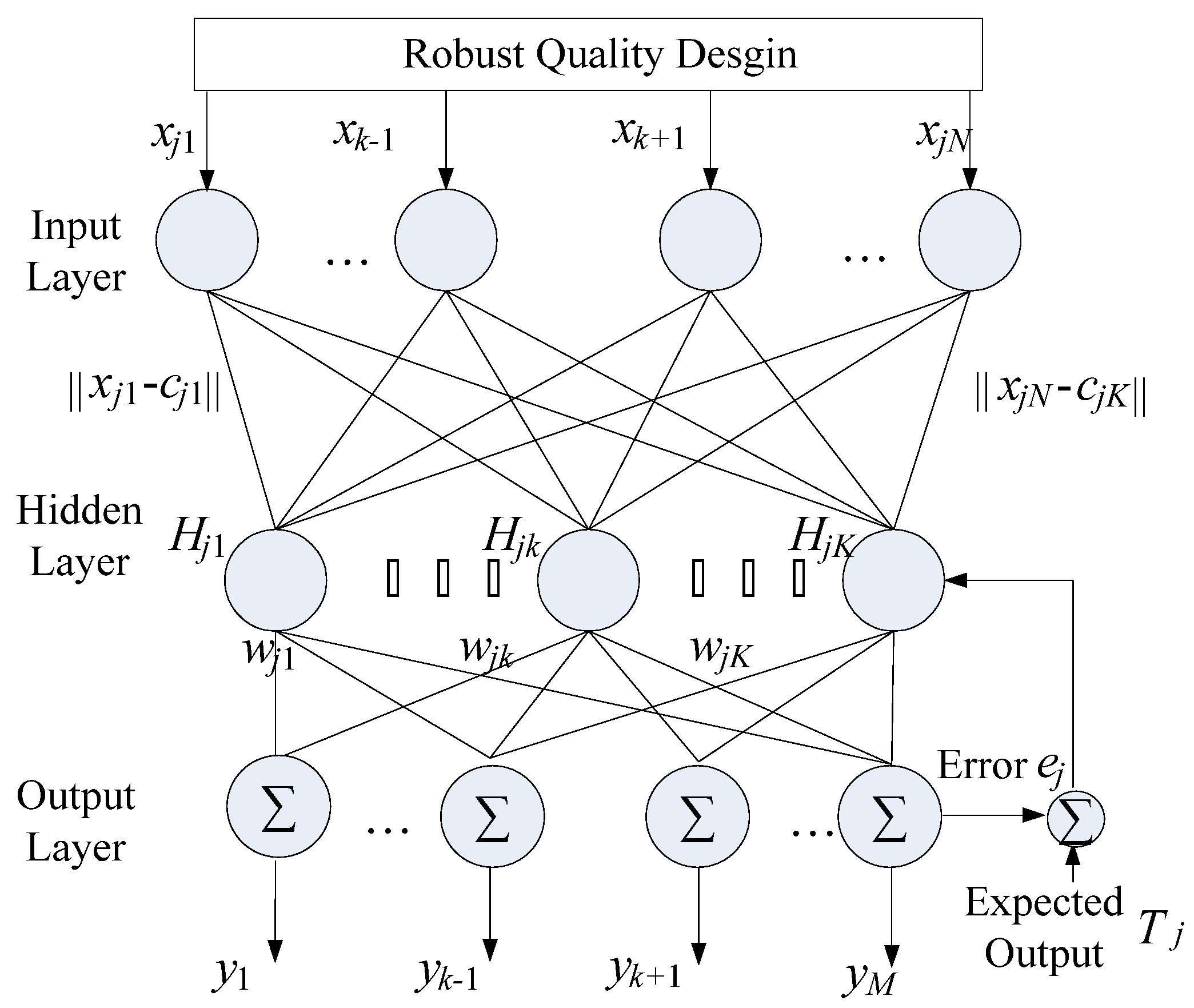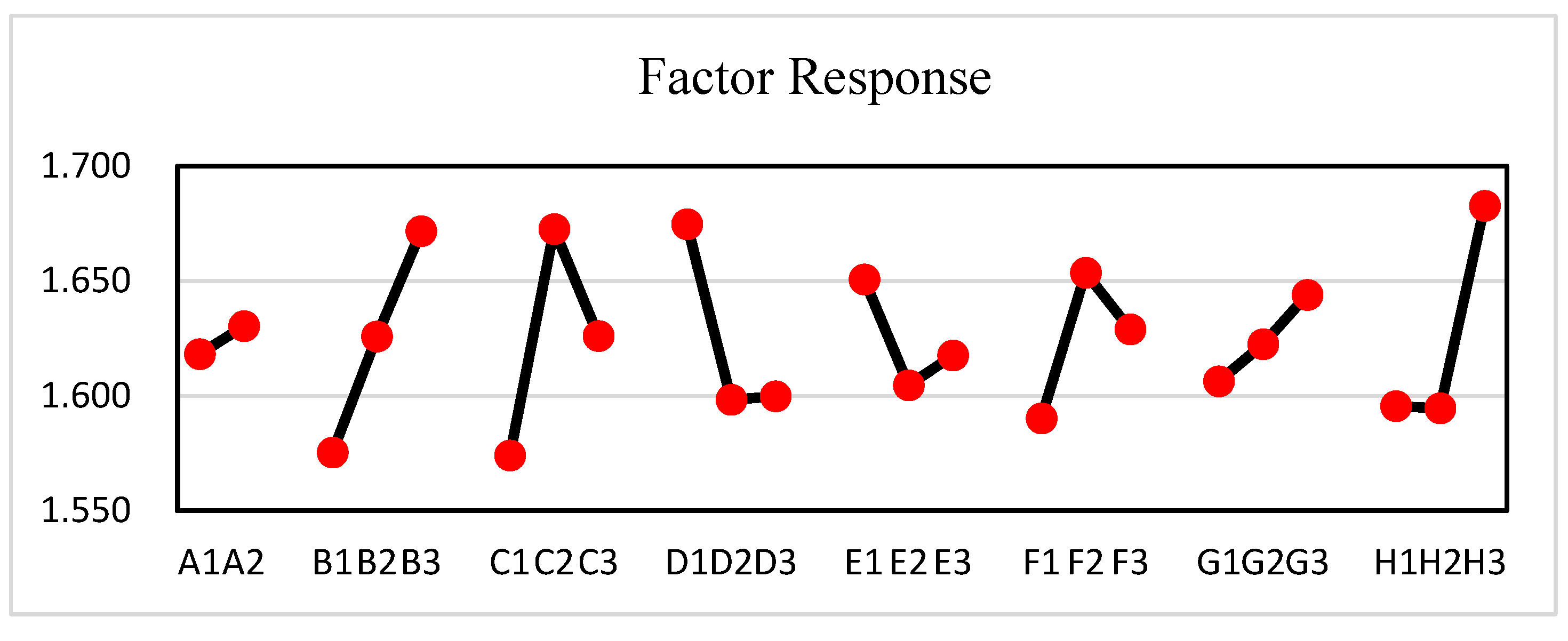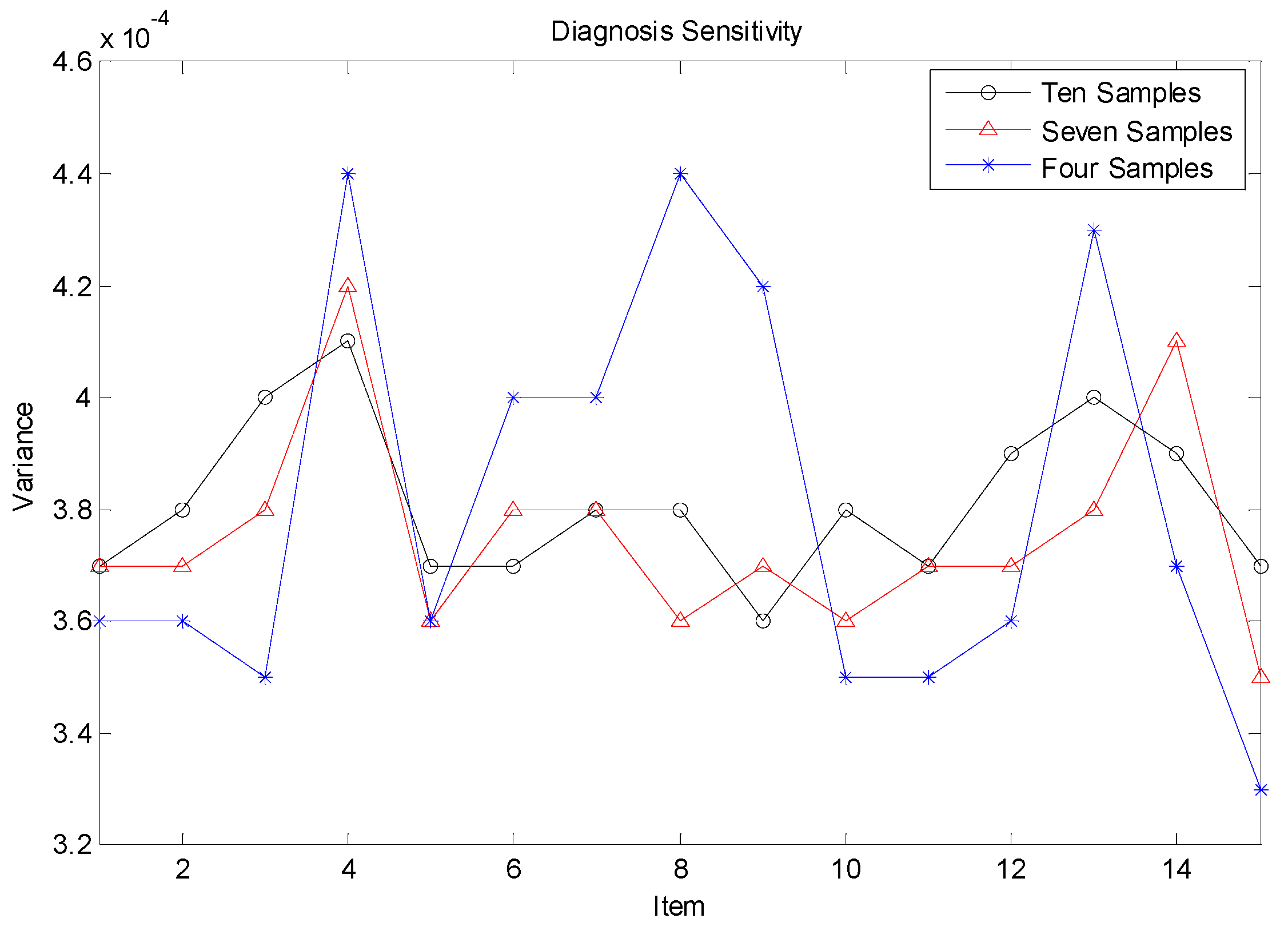1. Introduction
In an Ice-Storage Air-Conditioning System (ISACS), the brine chillers run during off-peak hours to store cold energy as latent heat and sensible heat, and the systems melt ice into the water during peak hours of electricity consumption to release cold energy [
1,
2]. ISACS can meet the needs of cooling loads and reduce electricity consumption during daytime peak periods. It can also save electricity bills, reduce the capacity of power equipment and transfer the system’s peak load during peak periods. ISACS has begun to be used as a demand-side management strategy for reducing energy consumption [
3,
4]. It has the functions of transferring electricity demands during peak hours, balancing electrical load, and reducing energy consumption. ISACS can make full use of the characteristics of brine chillers and ice storage tanks to achieve their optimal operation. A good ISACS should realize the optimal economic benefits and save electricity costs according to its characteristics and electricity prices in different periods. However, ISACS needs to ensure the normal operation and promote the operation’s reliability. A successful fault diagnosis can save 20–40% energy consumption for ISACS [
5]. It will play a critical role in increasing the energy efficiency of buildings. Preventive techniques for early detection can find out the incipient faults and avoid outages during the operating periods. Operating data constitute important information in identifying faults; however, there are a few concerns with the fault diagnosis of ISACS. They generally have high development costs and relatively high initial hardware and software costs. Therefore, a good design of ISACS requires high-efficiency, simple and low-cost fault diagnosis.
According to the working process, an ISACS can be simply divided into four small systems, namely, the cooling system, refrigerant system, secondary refrigerant system, and tertiary refrigerant system [
6,
7]. This study mainly explored the fault diagnosis of brine chiller in the ISACS. This paper proposed an Enhanced Radial Basis Function Network (ERBFN) algorithm, which combines the Radial Basis Function Network (RBFN) [
8] and Robust Quality Design (RQD) [
9,
10]. The deriving of a model to diagnose the faults of the brine chiller in the ISACS can ensure the ISACS runs in the optimal state and avoid improper electricity costs and high warranty costs caused by no warning of equipment failure. In recent years, the research on equipment fault detection and diagnosis of chillers in the ISACS has become a popular topic [
11,
12,
13]. Generally, there are two fault detection methods: model-based analysis and data-driven analysis. The so-called model-based analysis is to obtain the predicted values of unknown targets by mathematical conservation equations of physical relations and then use the differences between the actual values of output targets measured by the actual system and the predicted values as the indexes of fault detection [
14,
15,
16]. However, the primary condition of model-based analysis is to establish an accurate mathematical model, which is the difficulty of this method. For sudden and large changes in operating conditions, many parameters differ in the before and after faults, so it is easy to detect faults. The so-called data-driven analysis is, without considering the conservation of physical relations, based on all the data parameters that can be collected from supervision systems, such as current, voltage, and pressure, to understand the relationship between parameters in systems for analysis no matter it is in normal or faulty conditions [
17,
18,
19]. However, they are not easy to detect stable and small changes in operating conditions or natural aging of equipment from changes in system parameters.
In the past, Artificial Neural Network (ANN) was widely used to solve the fault diagnosis of air-conditioning systems [
20,
21,
22,
23,
24,
25]. A neural system was presented for automotive air-conditioner blower fault diagnosis using noise emission signals [
20,
21]. In reference [
22], the authors developed an easy-to-use tool for fault detection and diagnosis in building air-conditioning systems. Fault detection techniques have been researched for specific parts of air-conditioning systems, such as chillers, coils, variable air volume units, etc. It used the classification rules to reduce the information data and to train the neural network to infer appropriate parameters. Three Principal Component Analysis (PCA) models, based on energy balance and air side and water side flow pressure balances, were set up to detect whether any abnormality occurred in the HVAC system [
23,
24]. An optimal Multilayer Perceptron (MLP) neural network classifier was proposed for the fault detection of a three-phase induction motor [
25]. Among ANNs, the Radial Basis Function Network (RBFN) proved its classification abilities, with the advantages of a simple structure and higher learning efficiency than other networks [
26]. However, radial basis function networks are very likely to lead to “overlearning” due to excessive parameter adjustments, and their learning effects are greatly affected by the weights of connections in the network architecture, locations of center points, and smoothing parameters [
27]. Therefore, there are still limitations in practical applications, especially fault diagnosis and forecast analysis, which requires a large amount of historical data of sensors in systems. In order to solve this problem, a Robust Quality Design (RQD) method [
28] was proposed in this paper to enhance the traditional radial basis function networks. The robust quality design method, as a mechanism that can effectively find the optimal parameters, can be used to obtain the optimal parameter combination through experimental planning and statistical analysis in order to improve the quality of solutions obtained through neural networks.
In this paper, the efficiency of the brine chiller was considered as the quality characteristics, the values measured by all instruments in the brine chiller system were considered as control factors, and noise factors were abnormal variable control factors in the system. All measured values taken from the database of the supervision system were selected by the robust quality design. Then, the measured values with good quality characteristics will be considered as a system parameter set and fed into the radial basis neural network for training. On the other hand, parameter sets with low-quality characteristics were considered as system fault feature vectors and input into the radial basis neural network for training to become a database of fault diagnosis. The RQD method is used to adjust the parameters in the RBFN training stage to improve the ability, and good performance with a close spike tracking capability can be seen. The ERBFN-based diagnosing system is used to supervise the operation conditions and identify six abnormal types. Experimental results are provided to show the effectiveness of the proposed method.
3. Enhanced Radial Basis Function Network
Enhanced Radial Basis Function Networks (ERBFNs) consist of the input, hidden, and output layers. The ERBFN structure is shown in
Figure 1. The unknown
j-th input vector
,
i = 1, 2, …,
N,
j = 1, 2, …,
M, is connected to the input layer.
The number of output nodes yj, j = 1, 2, …, M, is equal to the number of training input–output data pairs, i.e., the input nodes (a matrix) and output nodes (a vector) are paired. The j-th hidden nodes vector , k = 1, 2, …, K, j = 1, 2, …, M. The weights wjk connect the k-th hidden node with the j-th output node.
3.1. Input Layer
In this paper, xi is the i-th variable of the expected output. For each training data pair, set the input matrix as X = [xji] M × N, j = 1, 2, …, M, i = 1, 2, …, N.
3.2. Hidden Layer
In the hidden layer,
is called the
j-th center of the ERBFN.
is the Euclidean distance between the
i-th node of the input layer and the
k-th node of the hidden layer. The Euclidean distance is determined by Equation (2). The
k-th hidden layer output is defined as Equation (3):
where, in Equation (4), the function
is a Gaussian distribution function, and σ is a smoothing parameter.
3.3. Output Layer
In the output layer, let
wjk be the weight between hidden node
Hjk and output node
yj and the
j-th output of the output layer be as in Equation (5).
The error between the simulation output
yj and its expected value
Tj is calculated by an error function. The error function is defined as Equation (6):
where
ej(
n) and
yj(
n) are the
j-th error and the
j-th simulation output of the
n-th epoch, respectively.
In order to adjust three parameters, which are weights
wjk, the center of ERBFN
C and the smoothing parameters
σjk of function
, the related parameters are updated by Equations (7)–(9).
3.4. Stopping Criteria
One thousand generations (Epoch) or is set in this paper as the stopping criteria.
A trained enhanced radial basis function network was used for fault diagnosis, as shown in
Figure 2. The parameters to be tested
for fault diagnosis were first input into the trained and convergent ERBFN, and then a set of outputs
could be outputted from the EBRFN. Equation (10) is used to obtain variations of the two parameter sets.
For finding the fault sources, the parameters to be tested were observed at all their variations. As shown in Equation (11),
is a very small number. In Equation (11), if each variation is very small and their values are very close to each other, this means that there is no fault source for the parameters to be tested, and the system is normal. Equation (12) means that the system is in a fault state, in which the variation is very small, and the other (N-1)
are large. Simultaneously, the state indicates that
is the fault sources, and this parameter sensor fails.
Data of the ice-storage air-conditioning system were collected in this paper, including high pressure, low pressure, low-pressure return pipe temperature, brine outlet temperature, brine inlet temperature, brine flow rate, cooling water flow, and external air temperature. In the real world, training data can be collected from field data. ERBFN training is carried out in order to minimize the fitting error for a sample training set. For a given training data, the fitness function is defined as in Equation (6). The new training data are presented to the ERBFN, and the corresponding hidden nodes will continue to grow. Additionally, Equations (7)–(9) are used to adjust the relative parameters in order to minimize the fitting error for a sample training set. This process results in very fast training, and the network is adaptive to data changes. The diagnostic system’s database can always be enhanced, with each new sample added to the current database. Training data in the database can be selected for diagnosis, addition, and deletion with Matlab-Excel Link to construct the ERBFN. Matlab-Excel Link is a software add-on to integrate the Matlab computing environment and Excel workspace. It also provides data management with data from the Excel workspace and the evaluation command from the Matlab workspace. Excel workspace becomes a data-storage and application-development front end for Matlab, which is a computational processor for developing the diagnostic tool.










